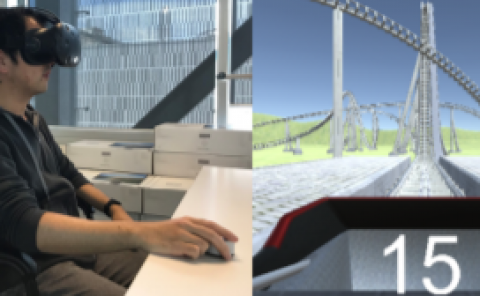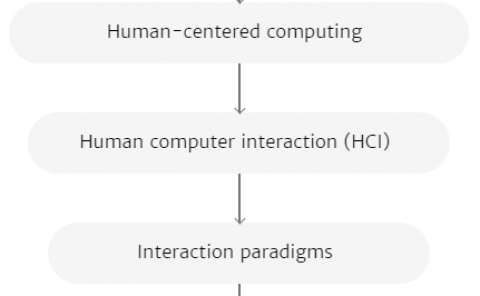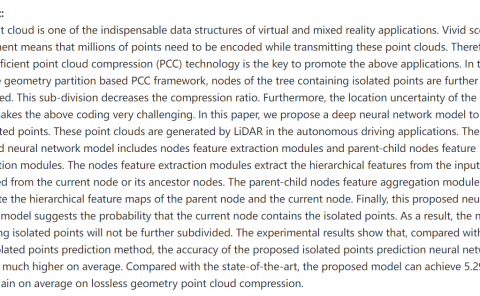Comparison of Multi-Layer Perceptron and Cascade Feed-Forward Neural Network for Head-Related Transfer Function Interpolation
PubDate: June 2019
Teams: Vilnius Gediminas Technical University
Writers: Mantas Tamulionis; Artūras Serackis

Abstract
Acoustic Virtual Reality (AVR) is a popular field of today’s research, and the technologies it explores allow users to experience the virtual reality even more interactively, creating a sense of being truly involved into a virtual acoustic field. Auralization is one of the most interesting and useful AVR techniques. This procedure makes it possible to simulate how sound waves will behave in a particular environment, including how the listener will perceive it. This is achieved by taking into account Head-related transfer function (HRTF), which is essential for creating the main auralization product - Binaural Room Impulse Response (BRIR). It is common to use pre-recorded HRTF databases, but the required HRTF value can also be modeled using Artificial Neural networks (ANN). This article presents an investigation on ANN application for HRTF interpolation from discrete measured functions. Two types of neural networks are investigated: a Multi-Layer Perceptron and a Cascade Feed-Forward Network. Experimental investigation has shown that additional feed of inputs to the hidden layer in cascade network does not improve the interpolation performance. The best results were received using Multi-Layer Perceptron having two hidden layers with 32 and 16 neurons respectively.



